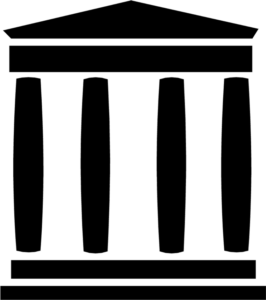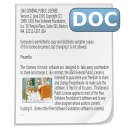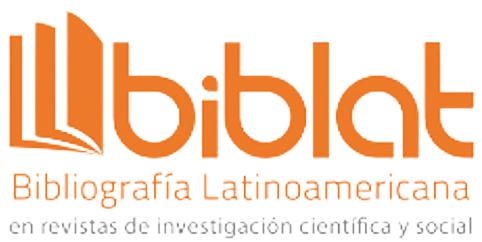Gamified software application in Teleinformatics class
Abstract
When facing evaluations in the Teleinformatic subject, it is common for students to present difficulties demonstrating the fulfillment of the objectives. Frequent evaluations become an effective tool in the hands of teachers to promote the consolidation of knowledge and the development of skills. However, the teaching load and the tendency towards finalism in students cause little systematization in the study of the subject and therefore poor results in frequent evaluations. Taking into account the existing technological development and the constant linkage of students to ICT, a guide for the design and application of an evaluative instrument for frequent evaluation combined with a computer system is proposed in this work, thus involving novelty and motivation in students through gamification techniques.
Downloads
References
I. Fernández, "Las TICS en el ámbito educativo," Educación 9, 2010.
A. Torres, L. M. Rodríguez, A. Rodríguez, “Ludificación y sus posibilidades en el entorno de blended learning: revisión documental,” Revista Iberoamericana de Educación a Distancia, vol. 21, no. 1, pp. 95-111, 2018. DOI: https://doi.org/10.5944/ried.21.1.18792
M. Sailer, L. Homner, “The gamification of learning: A meta-analysis”. 2020. DOI: https://doi.org/10.1007/s10648-019-09498-w
R. Landers, “Developing a theory of gamified learning: Linking serious games and gamification of learning,” Simulation & Gaming, vol. 45, no. 6, pp. 752-768, 2014. DOI: https://doi.org/10.1177/1046878114563660
O. García, N. Acosta, “Estrategia de integración de las tecnologías informáticas al proceso de formación del profesional de la educación,” Pedagogía Universitaria, vol. 18, no. 1, pp. 78-86, 2013.
D. López, A. Velamazán, and F. Muniesa, “Aprendizaje adaptativo en Moodle: tres casos prácticos”. No. ART-2015-103697. 2015.
J. Colao, "With 24 Million Students, Codecademy Is Bigger Than You Thought." Online: http://www.forbes.com/sites/jjcolao/2014/04/23/with-24-million-students-codecademy-is-bigger-than--you-thought. 2014.
R. Aguilar, A. Rosete, “Los cursos masivos en línea en Coursera y su empleo potencial en los programas de ingeniería en América Latina,” Lámpsakos, no. 14, pp. 61-70, 2015. DOI: https://doi.org/10.21501/21454086.1566
S. Gavarri, “El aprendizaje de lenguas extranjeras mediado por las TIC: aprender Inglés con Duolingo”. El toldo de Astier, vol. 7, no. 12, pp. 56-65, 2016.
O. Rodríguez, “La motivación, motor del aprendizaje,” Revista Ciencias de la Salud, vol. 4, 2006.
J. Flores, “Using gamification to enhance second language learning,” Digital Education Review, no. 27, pp. 32-54, 2015.
J. Mullins, R. Sabherwal, “Gamification: A cognitive-emotional view,” Journal of Business Research, vol. 106, pp. 304-314, 2020. DOI: https://doi.org/10.1016/j.jbusres.2018.09.023
S. Deterding, D. Dixon, R. Khaled, and L. Nacke, “From game design elements to gamefulness: defining gamification". In Proceedings of the 15th international academic MindTrek conference: Envisioning future media environments, pp. 9-15, 2011. DOI: https://doi.org/10.1145/2181037.2181040
Y. Pascuas, E. Vargas, J. Muñoz, “Experiencias motivacionales gamificadas: una revisión sistemática de literatura,” Innovación educativa, vol. 17, no. 75, pp. 63-80, 2017.
R. César, “Aplicación de la metodología de la gamificación a través de las TIC en 3º de ESO”. Tesis de Maestría. 2016.
Copyright (c) 2020 Innovation and Software

This work is licensed under a Creative Commons Attribution 4.0 International License.
The authors exclusively grant the right to publish their article to the Innovation and Software Journal, which may formally edit or modify the approved text to comply with their own editorial standards and with universal grammatical standards, prior to publication; Likewise, our journal may translate the approved manuscripts into as many languages as it deems necessary and disseminates them in several countries, always giving public recognition to the author or authors of the research.
























